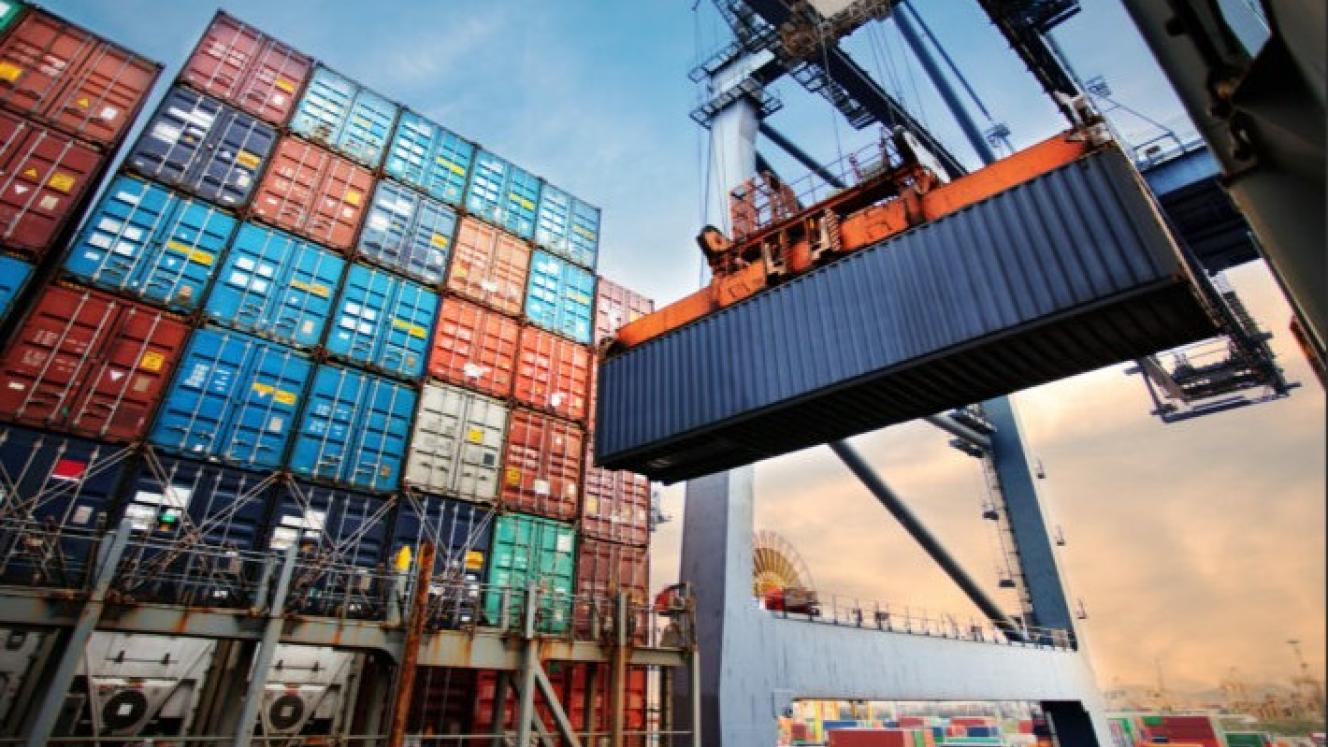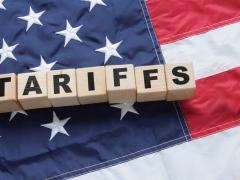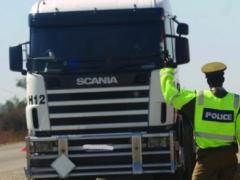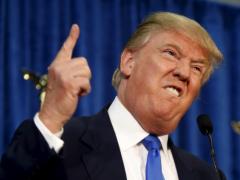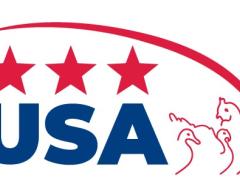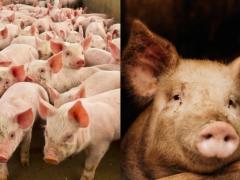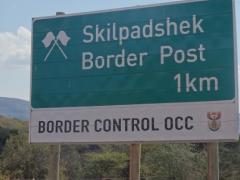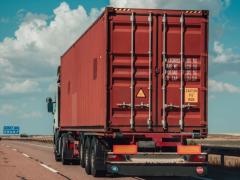Mix together the Chinese and consolidations and you’ll have the right ingredients for what many in the industry call “one of the world’s great rip-offs”. And just what is that? It’s the now infamous China import service fee (CISF). It’s anything but new, having been on the go ever since 2005. But any not-in-the-know, lessthan- container-load (LCL) importers who decide for the first time to buy goods from China will suddenly, and surprisingly, find themselves hit with an invoice for the CISF. And that after the goods have arrived. And what is this charge all about? Well, in the grammatically unsound words of E-to-China. com (ETCN) – an information platform officially supported by the General Administration of Customs and jointly sponsored by the China Customs Declaration Association CCBA) and the Beijing International Technology Co-operation Centre (BITCC) – it is: “(An) additional fee of import product from China. The agency take(s) this charge at the port of destination and it is (a) flexible fee, so it is according to the negotiation between importer and exporter to decide who shall make the payment. It is usually indicated in the contract that who should make the payment and it is not directly related with the government of China.” Once you have struggled through that, you will realise that it still doesn’t tell you why it is there in the first place. It started in October 2005, when – for LCL shipments – Chinese transportation companies introduced the CISF for no other reason than to further finance their operations. LCL business is not in high demand because exporters favour full container loads (FCL) as China is a mass quantity market. Therefore, the deconsolidation agents in the foreign destination ports will charge the CISF through the foreign consignee and not through the exporter. This fee is then fed back to the consolidator in China. There are ongoing disputes about whether this charge is legally valid. But, as yet, no court findings have been reported from anywhere in the world. It is best to remember the words from ETCN. It is a flexible fee, so the importer and exporter have to negotiate on who shall bear the cost and the decision is usually indicated in the contract. The crux of the matter is that a buyer of goods needs to set out and agree with his supplier the precise terms under which the goods are sold before placing an order to avoid unexpected charges on arrival of the goods at the point of delivery (POD). There’s no formula to work out just how each CISF amount has been calculated – it’s purely at the discretion of the Chinese supplier. But it doesn’t matter what it is – inflated charges, CISF, or whatever – it is up to the importer to negotiate this with the supplier, and be sure of just who is liable for what. Also, it’s no use the importer deciding to go cost, insurance, freight (CIF in Incoterms), and expecting that that’s all he’ll pay for. Any other surcharges along the way, from whatever source, can still be added to the final landed charge. And it’s a case of pay up and argue later – else he won’t get his goods delivered. Maybe it’s better to go free on board (FOB) or ex-works. Then you’d be in charge of all the costs along the way. But that’s where a Catch 22 raises its ugly head. If you do this, then the supplier will tell you that he can’t offer you the same attractive price. And you’ll still have to pay more in the end. According to Mike Walwyn, chairman of the Cape Port Liaison Forum (PLF) and vice chairman of the SA Association of Freight Forwarders (Saaff), this unique Chinese charge is just about inescapable. “I’ve had it out a few times with consolidators,” he added, “and had occasional refunds. But mostly they say they have to pay this to their overseas source.” So stay awake when you’re dealing with the Chinese and consolidations, or the CSIF will come along and bite you.
